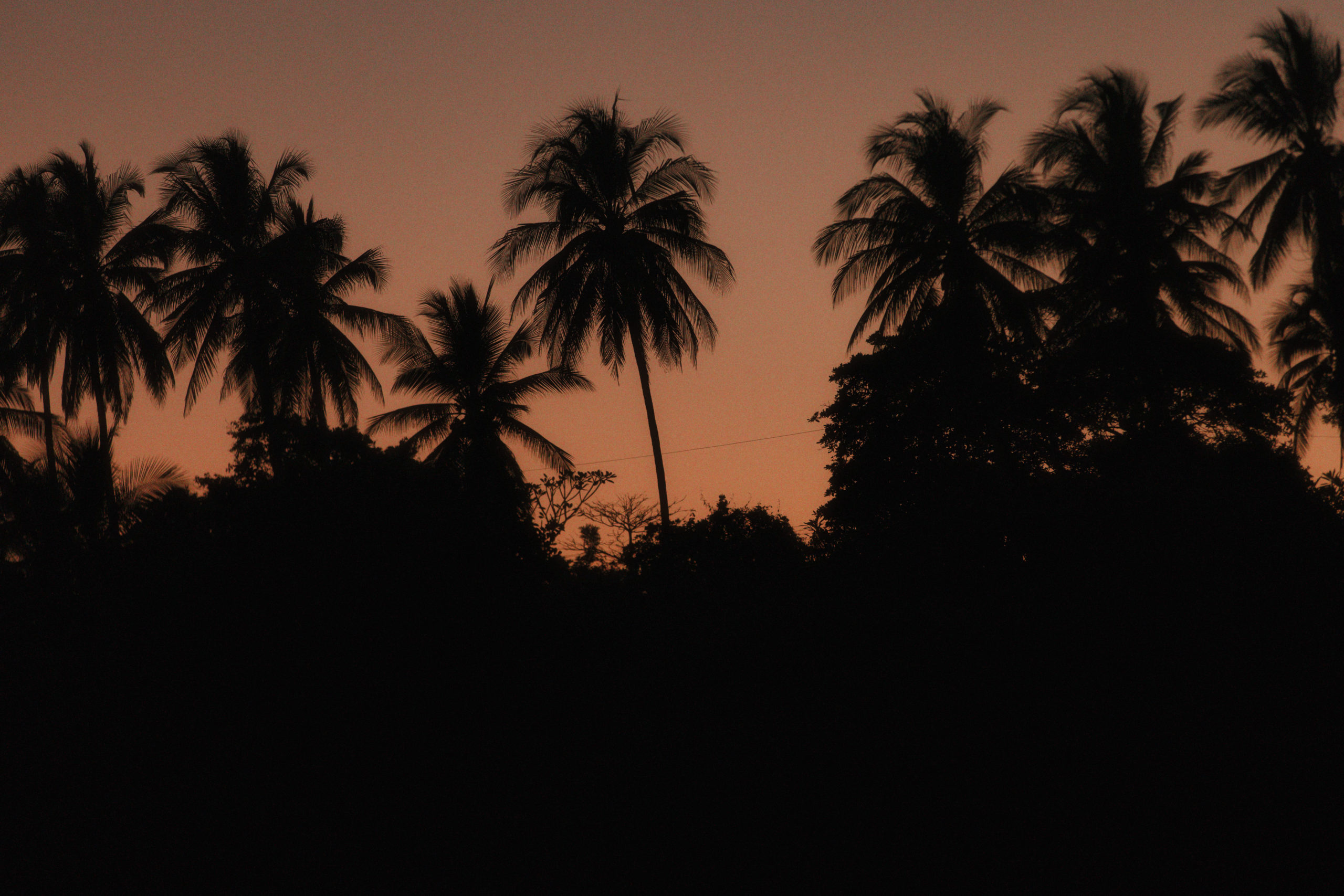At the beginning of the pandemic, we found ourselves naturally constrained to just a few environments. If you live in a city, this might have been more prominent than usual, especially if your parks, paths, and recreational areas were closed and/or you live in an apartment.
We were less aware of our tight quarters when we had mobility and the freedom of movement, but when that was removed we became keenly aware of our space (and our relationship to it). It started to teach us valuable lessons about the way we interact with different spaces, including motivations, creativity, and productivity. If you tried working out at home, or working from home with children, you know exactly what we mean.
We can produce better outcomes when we are more focused (or, insert behavioral outcome here…e.g., relaxed, creative). We can also induce this behavior faster when our brain is triggered by the habit or mental cue particular spaces provide.
This newsletter is less about telling you which spaces are “better” for your health and more about prompting self-reflection on what spaces work best for you for specific purposes. The only one we’ll actively promote is getting into nature; not only for direct sunlight, but also to breathe fresh air, get grounded, and explore. This is a daily task.
We recommend coming up with the best environments (which you’ll write down) to promote a feeling of wellbeing in the following areas:
Your Six Environments
- Productivity
- Rest
- Creativity
- Eating
- Exercise
- Recreation
Yes, all of these areas can be demarcated inside an apartment (and yes, even in a studio). They can also all be outside the home, including coffee shops, parks, gyms, a bench along the river, the library, etc.
Here are a list of other questions that are helpful in defining some specificity to these spaces:
- Do you like to be with other people or alone in this space? Does this change depending on the “purpose” of your goal?
- What time of day do you like spending in this space?
- Can you replicate this space elsewhere (e.g., when you travel)?
- How could you improve this space? Do you need to remove distractions? Add people? Music or no music?
- What cues does this space provide that you like? For instance, is it the warmth of the fire? The view? The smell of coffee? These are important somatic triggers that prompt the brain to respond a certain way.
If you haven’t ever considered where you spend your time in depth like this, it’s a great opportunity to improve the way you get things done. It’s about creating feelings that drive action; the more productive you feel, the more productive you (usually) are. It’s hard to fight a losing battle (like we do with our electronics and sleep) day over day — the goal is to make it easier to be productive/creative/active to build momentum.
This is habit building 101, and your environment directly affects your mindset.

